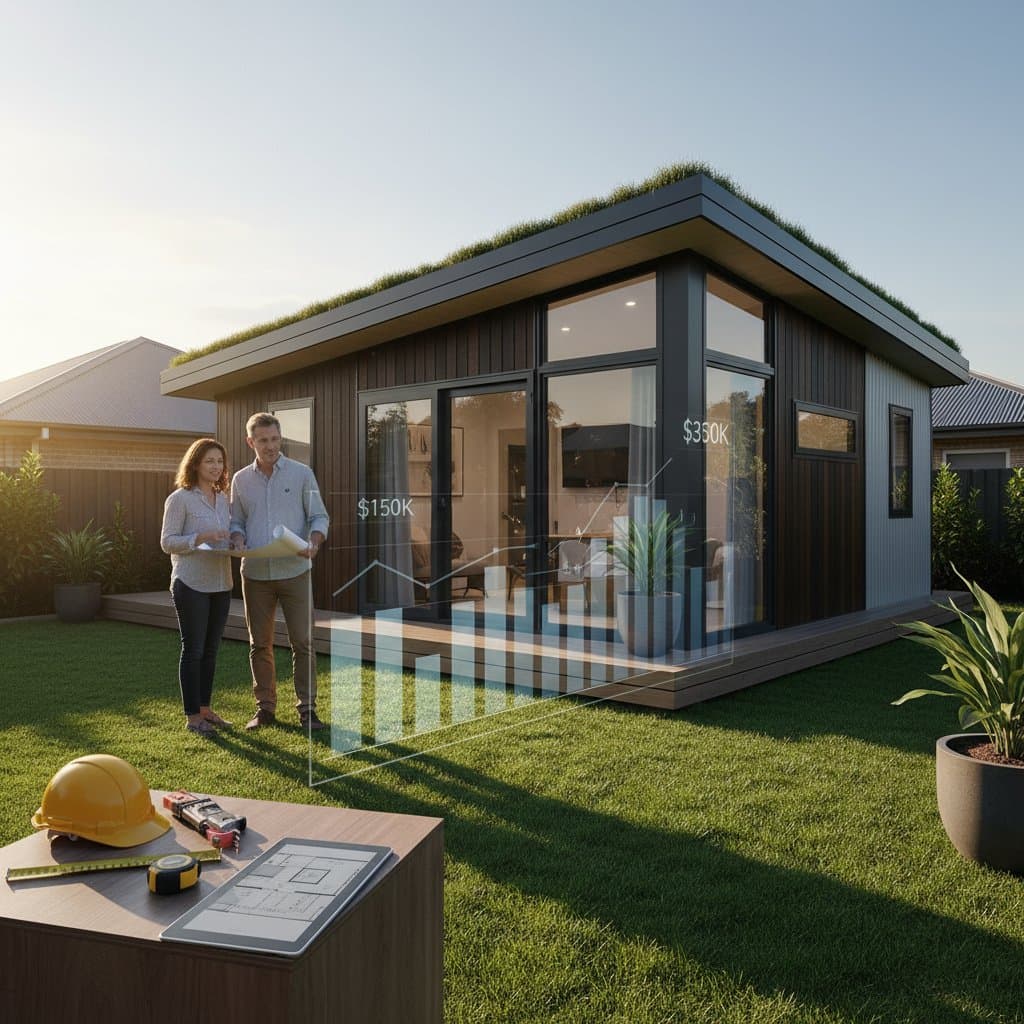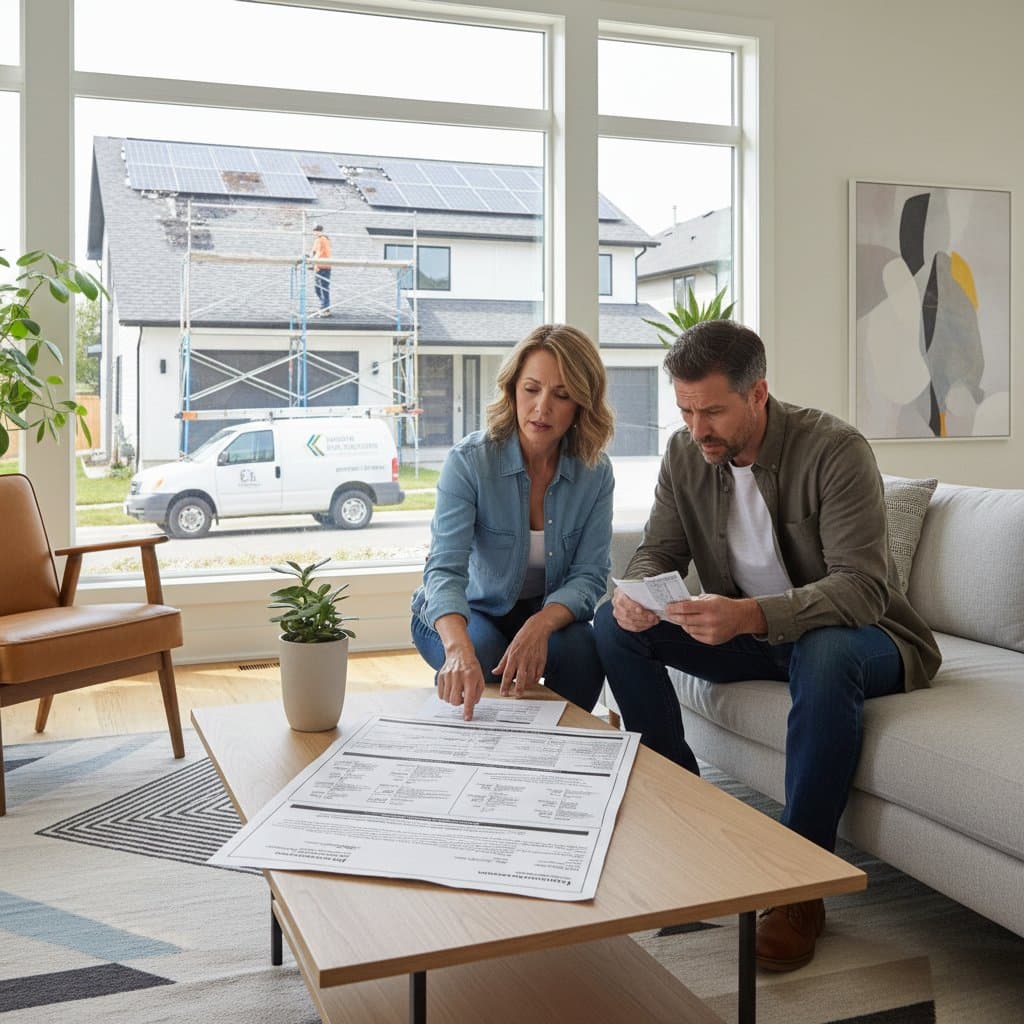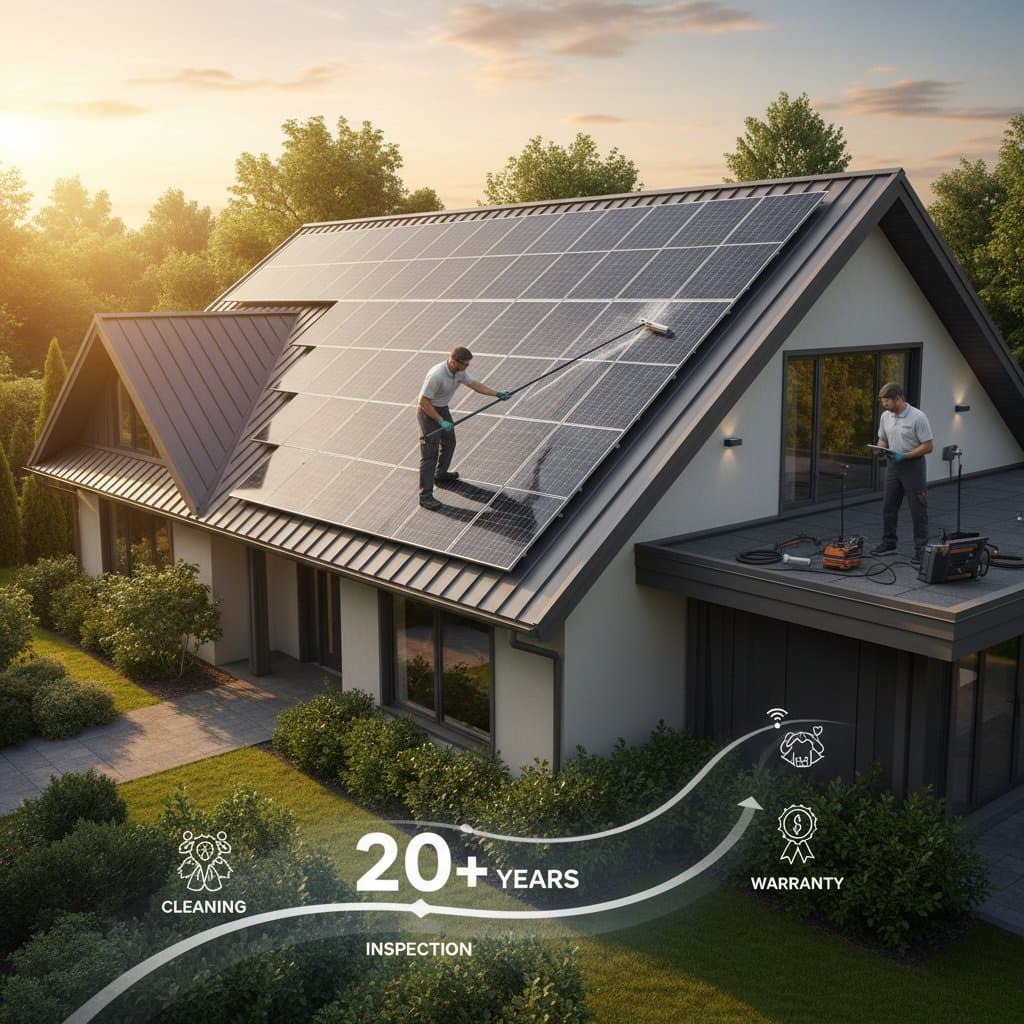Granny Flat Costs: $150K-$350K Budget Breakdown
Building a granny flat, also known as an accessory dwelling unit (ADU), offers a practical solution for multigenerational living, rental income, or additional space on your property. Costs typically range from $150,000 to $350,000 in 2025, depending on location, size, and features. This breakdown explores the key factors influencing expenses, provides a detailed budget outline, and shares strategies to manage your project effectively.
Understanding Granny Flat Basics
A granny flat functions as a self-contained living space, often attached to or separate from the main home. These units usually span 400 to 800 square feet and include essentials like a bedroom, bathroom, kitchenette, and living area. Local zoning laws dictate placement, size limits, and design requirements, which vary by municipality.
Planning begins with assessing your property's suitability. Consider soil conditions, utility access, and setback rules from property lines. Engaging an architect early ensures compliance and optimizes layout for your needs, whether for aging parents, grown children, or tenants.
Key Cost Drivers
Several elements determine the total investment. Location plays a significant role; urban areas with high labor rates and strict codes push costs toward the upper end. For instance, coastal regions may require seismic reinforcements, adding 10 to 20 percent to the budget.
Size and design complexity follow closely. A basic 500-square-foot unit starts at $150,000, while custom features like high-end appliances or eco-friendly materials can exceed $350,000. Material choices, such as standard framing versus sustainable options, also impact pricing.
Permits and professional fees contribute substantially. Expect to allocate 5 to 15 percent of the budget here, as inspections ensure safety and code adherence.
Detailed Budget Breakdown
Site Preparation and Foundation (10-15% of Total)
Initial groundwork sets the project's foundation, literally. Clearing the site, grading land, and installing utilities like water, sewer, and electricity cost between $15,000 and $40,000. Foundation types vary: slab foundations suit flat lots at $10,000 to $20,000, while raised foundations for sloped terrain reach $30,000 or more.
Soil testing, often required, identifies stability issues. Addressing poor drainage or rocky soil early prevents costly delays.
Construction and Framing (30-40% of Total)
The core build phase involves framing, roofing, and exterior work, ranging from $50,000 to $120,000. Labor accounts for half this amount, with skilled contractors charging $100 to $200 per square foot. Prefabricated kits reduce on-site time and expenses by 20 percent compared to traditional builds.
Weatherproofing includes siding, windows, and insulation. Energy-efficient options, like double-glazed windows, add upfront costs but lower long-term utility bills.
Interior Finishes and Systems (25-35% of Total)
Creating a livable interior demands attention to plumbing, electrical, HVAC, and finishes, totaling $40,000 to $100,000. Basic setups include standard fixtures; upgrades like quartz countertops or smart thermostats elevate comfort and value.
Kitchen and bathroom installations dominate this category. A compact kitchen with essential appliances costs $15,000 to $25,000, while full plumbing for a bathroom adds $10,000 to $20,000.
Permits, Fees, and Professional Services (10-15% of Total)
Navigating regulations requires architect fees ($5,000 to $15,000), engineering consultations ($3,000 to $10,000), and permit applications ($2,000 to $8,000). General contractors oversee the project for 10 to 20 percent of the total cost, ensuring timelines and quality.
Insurance and bonding protect against liabilities. Budget for unexpected inspections that may arise during construction.
Landscaping and Exterior Enhancements (5-10% of Total)
Final touches integrate the granny flat into your property. Pathways, fencing, and basic landscaping cost $5,000 to $20,000. These elements enhance curb appeal and functionality, such as adding private entryways.
Sustainable features like drought-resistant plants reduce maintenance expenses over time.
Timeline and Project Management
Construction typically spans 3 to 6 months, influenced by weather, permits, and supply chain factors. Breaking the project into phases—design (4-8 weeks), permitting (4-12 weeks), and building—helps maintain momentum.
Hire a reputable contractor with ADU experience. Clear contracts outlining milestones and payment schedules minimize disputes. Regular site visits keep progress on track.
Cost-Saving Strategies
To stay within budget, explore modular construction, which assembles units off-site for faster, cheaper builds. Opt for cost-effective materials without sacrificing durability, such as vinyl flooring over hardwood.
Check for incentives like tax credits for energy-efficient designs or local grants for ADUs. Phasing the project, starting with essentials and adding finishes later, spreads expenses.
Compare multiple bids from licensed professionals. DIY elements, like painting, suit skilled homeowners but avoid structural tasks.
Long-Term Value and Maintenance
Investing in a granny flat boosts property value by 20 to 30 percent, providing rental income potential of $1,000 to $2,500 monthly. Quality construction ensures longevity, with annual maintenance around $1,000 to $2,000 for upkeep like roof checks and pest control.
Regular inspections preserve safety and compliance. This addition supports flexible living arrangements, enhancing family bonds or financial security.
Planning Your ADU Project
Start by consulting local authorities on zoning and incentives. Assemble a team of architect, contractor, and financial advisor to tailor the build to your vision and budget. With careful planning, your granny flat becomes a valuable, enduring asset.



